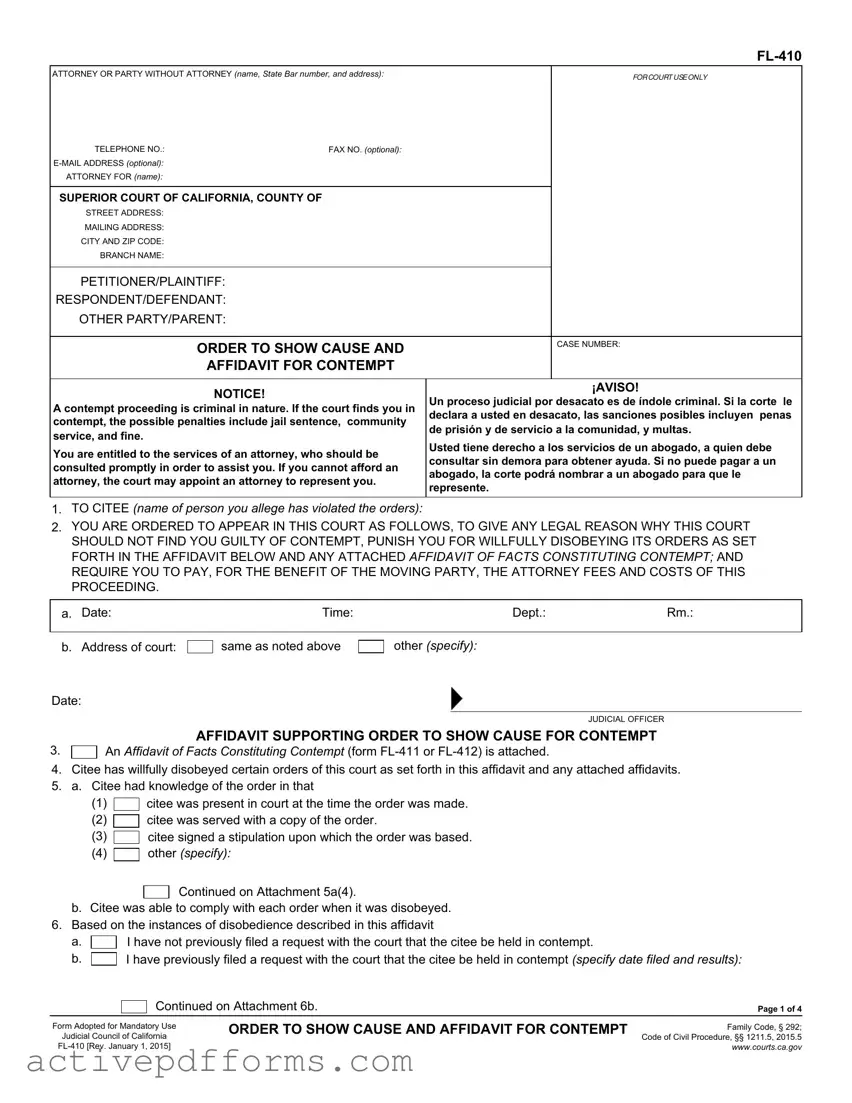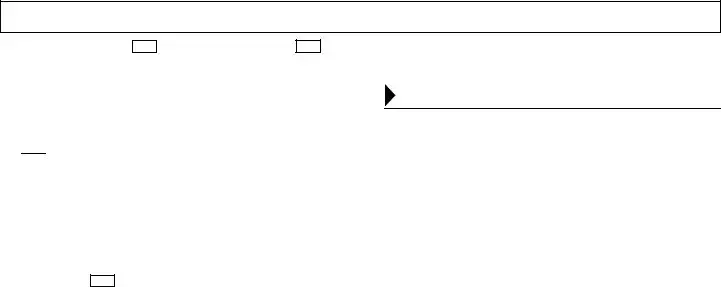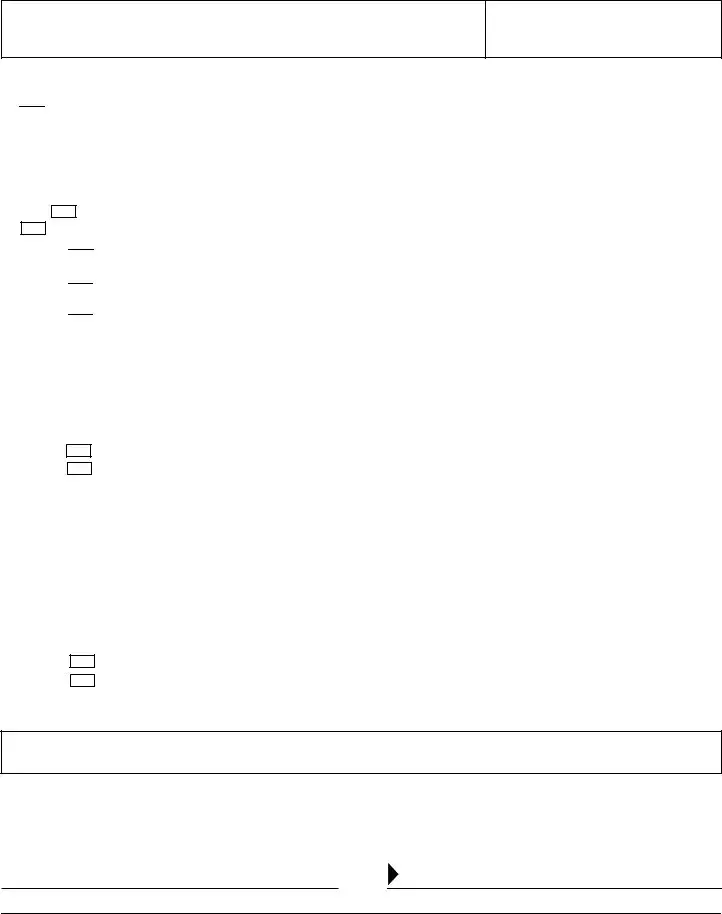INFORMATION SHEET FOR ORDER TO SHOW CAUSE
AND AFFIDAVIT FOR CONTEMPT
(Do NOT deliver this Information Sheet to the court clerk.)
Please follow these instructions to complete the Order to Show Cause and Affidavit for Contempt (form FL-410) if you do not have an attorney to represent you. Your attorney, if you have one, should complete this form, as well as the Affidavit of Facts Constituting Contempt (form FL-411 or form FL-412). You may wish to consult an attorney for assistance.
Contempt actions are very difficult to prove. An attorney may be appointed for the citee.
INSTRUCTIONS FOR COMPLETING THE ORDER TO SHOW CAUSE AND AFFIDAVIT FOR CONTEMPT (TYPE OR PRINT FORM IN INK):
If the top section of the form has already been filled out, skip down to number 1 below. If the top section of the form is blank, you must provide this information.
Front page, first box, top of form, left side: Print your name, address, telephone number, and fax number, if any, in this box. If you have a restraining order and wish to keep your address confidential, you may use any address where you can receive mail. You can be legally served court papers at this address.
Front page, second box, left side: Print the name of the county where the court is located and insert the address and any branch name of the court building where you are seeking to obtain a contempt order. You may get this information from the court clerk. This should be the same court in which the original order was issued.
Front page, third box, left side: Print the names of the Petitioner, Respondent, and Other Party/Parent (if any) in this box. Use the same names as appear on the most recent court order disobeyed.
Front page, first box, top of form, right side: Leave this box blank for the court's use.
Front page, second box, right side: Print the court case number in this box. This number is also shown on the most recent court order disobeyed.
Item 1: Insert the name of the party who disobeyed the order ("the citee").
Item 2: The court clerk will provide the hearing date and location.
Item 3: Either check the box in item 3 and attach an Affidavit of Facts Constituting Contempt (form FL-411 for financial orders or form FL-412 for domestic violence, or custody and visitation orders), or leave the box in item 3 blank but check and complete item 8.
Item 5: Check the box that describes how the citee knew about the order that has been disobeyed.
Item 6: a. Check this box if you have not previously applied for a contempt order.
b.Check this box if you have previously applied for a contempt order and briefly explain when you requested the order and results of your request. If you need more space, check the box that says "continued on Attachment 6b" and attach a separate sheet to this order to show cause.
Item 7: Check this box if the citee has previously been found in contempt by a court of law. Briefly explain when the citee was found in contempt and for what. If there is not enough space to write all the facts, check the box that says "continued on Attachment 7" and attach a separate sheet to this order to show cause.
Item 8: a. Check this box if the citee has disobeyed orders for child support, custody, visitation, spousal support, family support, attorney fees, and court or litigation costs. Refer to item 1a on Affidavit of Facts Constituting Contempt (form FL-411).
b.Check this box if the citee has disobeyed domestic violence orders or child custody and visitation orders. Refer to Affidavit of Facts Constituting Contempt (form FL-412).





 Citee has previously been found in contempt of a court order
Citee has previously been found in contempt of a court order  Orders for child support, spousal support, family support, attorney fees, and court or other litigation costs (see attached
Orders for child support, spousal support, family support, attorney fees, and court or other litigation costs (see attached  Domestic violence restraining orders and child custody and visitation orders (see attached
Domestic violence restraining orders and child custody and visitation orders (see attached 

